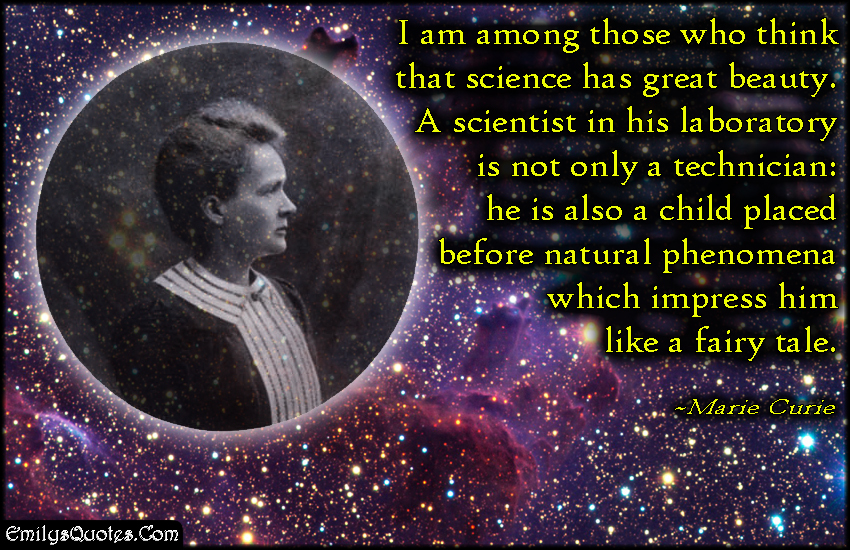
Humans have always used myths to explain natural phenomena and life's mysteries for instance, Greek and Roman mythology served as both science and religion in both cultures for centuries. In Greek mythology, Persephone was the daughter of Zeus and Demeter and. Their function was to explain natural phenomena, past events, and contemporary beliefs in order to make the environment less fearsome by making it more comprehensible and, in. Myths were often written to explain natural phenomena and quite often involved gods and fantasy creatures. Sometimes sacred in nature, a myth can involve gods or other creatures. Aristotle, the major source for Thales's philosophy and science, identified Thales as the first person to investigate the basic principles, the question of the originating substances of matter and, therefore, as the founder of the school of natural philosophy. Pure myth is both primitive science and primitive religion. The story was a myth, and the ancients used those stories to explain natural phenomena and to inspire people to honor the gods. The rain is believed by many as the tears shed by a man longing for his vanished wife, a Diwata (fairy) throwing out water in the sky. Even our ancient ancestors contemplated the creation of earth, natural disasters, flaws in humanity, death and dying, and love. Fables are short stories that have strong morals, or lessons. Mythical fire dogs called Bulgae were bid by the lord of a dark realm to chase down and bite the sun and moon.

As the saltwater trickles through a fissure in the glacier. But tales can provide clues to the past and even help fill in gaps in scientific knowledge about long-ago geological.

Myth is a folklore genre consisting of narratives that play a fundamental role in a society, such as foundational tales or origin myths.Since the term myth is widely used to imply that a story is not objectively true, the identification of a narrative as a myth can be highly controversial: many adherents of religions view their own religion's stories as true, and therefore object to those. Many times characters include animals with human characteristics. Both attempt to explain the creation of the world, the causes of natural phenomena, and even the origin of life. A pachyderm with an itch Shutterstock Earthquakes are another natural phenomenon that really begs for some sort of cosmic explanation.

The Heat of the Sun Greek mythology and nature often are paired to explain natural phenomenon.

Greek myths often attempt to explain the reason for hard to understand concepts like what happens after death, why it rains, or why people with extraordinary talents exist. Mythologies of many different cultures all seek to explain various natural phenomena with a story. In the case of the Wild Hunt, the most argued natural occurrence is a thunderstorm. Minotaur, Greek Minotauros ("Minos's Bull"), in Greek mythology, a fabulous monster of Crete that had the body of a man and the head of a bull. Greek mythology, body of stories concerning the gods, heroes, and rituals of the ancient Greeks. Ancient tale is a crossword puzzle clue that we have spotted 2 times. This is a reference to the mythical birth of the god Horus in the swamps of the Nile Delta. The back of the famous golden throne of the King, for example, is decorated with a lush papyrus plant.


 0 kommentar(er)
0 kommentar(er)
